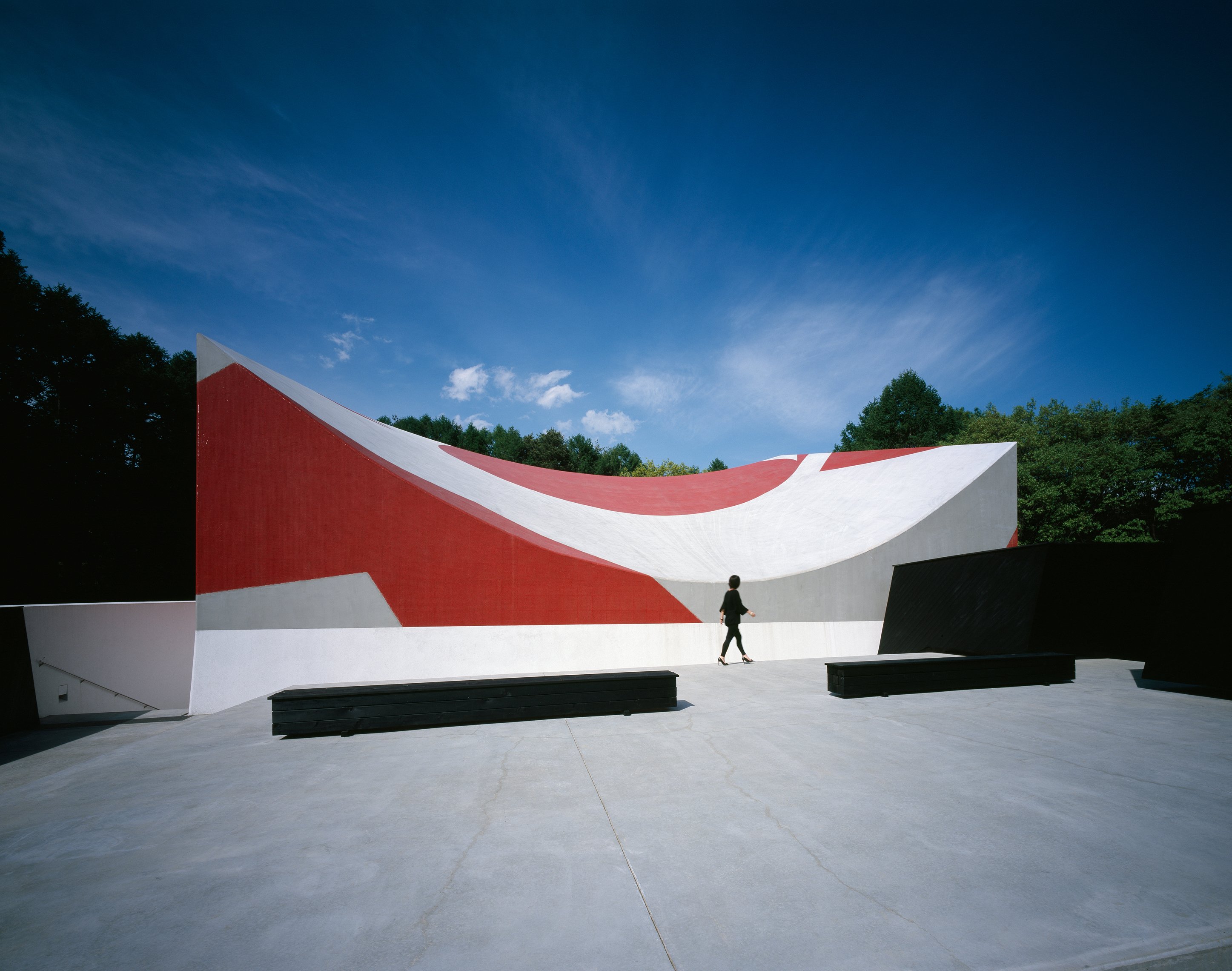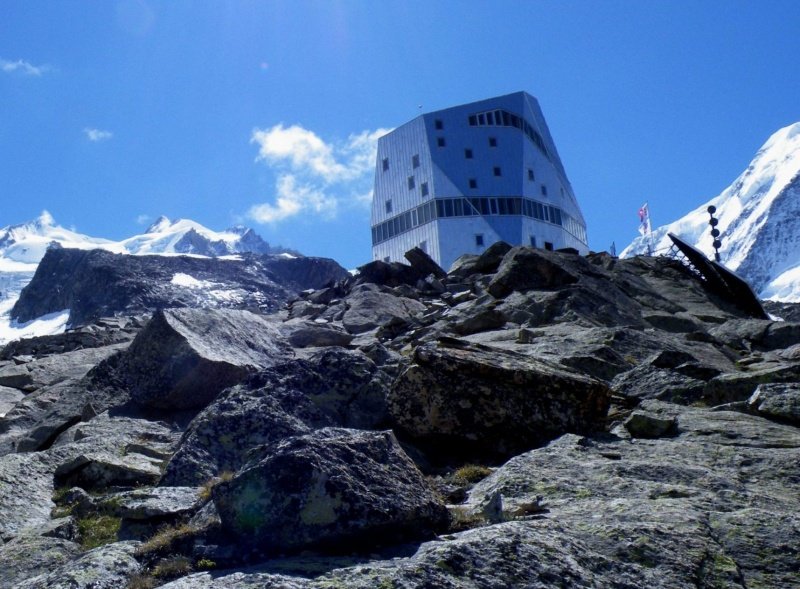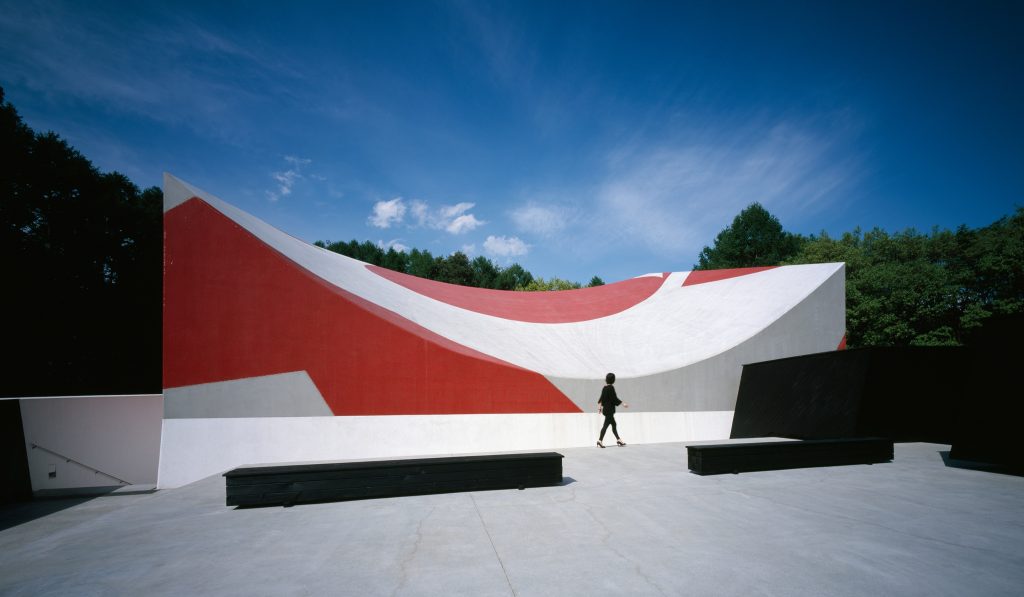Sustainability is engrained into architects and designers. You account for waste, consider locally sourced materials, and even how your design will impact the world around it. The challenge, however, is empowering clients to choose more sustainable options. This is not because they’re anti-sustainability, but because they’re unaware of the long-term benefits and growing accessibility of sustainable design. When some hear “sustainability,” they think of dollar signs and aesthetic compromise.
You can show clients that eco-friendly building and design is a worthwhile decision. Sustainability is not a fickle trend like JNCO Jeans and Tamogotchis. It’s here to stay.Before you educate someone on sustainable building design, it might be helpful to refresh yourself on the many different shapes it can take.
Here are 10 tips for more sustainable building design.
1. New Designs in Solar Energy
Solar panels are perhaps the most well-known sustainable innovation that can be used in your designs. The technology has been around for some time now. In fact, the first solar cell was created in 1883.
Harnessing the sun’s energy is only becoming more popular, as well. According to the Office of Energy Efficiency and Renewable Energy, “Solar power is more affordable, accessible, and prevalent in the United States than ever before."
You are likely well-versed in the technical and aesthetic challenges that come with solar panels. However, there are many inventions that are pushing solar energy forward. Thinner and more efficient solar panels are now readily available. Then, there is solar skin. This tech promises the opportunity to create different colored panels. This allows for more visual freedom, and less of your clients perceived aesthetic compromise.
Photovoltaic paints and windows are also impressive. These products are able to absorb light and turn it into an electrical current! Photovoltaic paint, according to Solar Reviews, could be 11% more efficient than solar panels.
It is important to remember, too, that the cost-saving rewards of solar energy’s newest inventions are a way to show your client that a sustainable build is a worthwhile investment. With more affordable access to solar technology, your client will have greater long-term savings.
2. Cohabitation
Being “one with nature” is a long-standing cliché. The phrase evokes images of wooly hermits living in the woods, eating nothing but snails and berries. Unfortunately, many building designs are actually impeding on the natural world around them, no matter how beautiful. This is why energy-saving tactics are so important. An effort should be made to preserve the natural environment as much as possible.
Astushi Kitagawara Architects — to that point — designed a structure, the Nakamura Keith Harring Collection, that actually protects the wilderness around it. Tucked away in the forest of Mt. Yatsugatke, this award-winning museum and spa complex contributes to the longevity of the natural world. The abstract structure is a great example of how architects are able to be intentional with natural site locations.

Image courtesy of Atsushi Kitagawara Architects
3. Urban Agriculture
A simple yet exciting trend in urban cities is rooftop farming. This activity is exactly what it sounds like: gardens being built, cared for, and harvested atop some of the tallest buildings in a city. Not only does rooftop farming provide tenants with fresh vegetables, but they also help control carbon levels in urban areas. Not all rooftops are conducive to harboring rows and rows of plants. So, there must be more intentionality and consideration in the design process. When planning for rooftop gardens, it is important to consider structural loads, water management systems, climate, and simply the access to the gardens.
It’s not just rooftop gardens that are growing in cities. Gardens and greenery are being put in on vacant lots, as well. Like the gardens, these diverse locations of urban agriculture help control emissions and provide residents with a necessary opportunity to interact with nature. This commodity would likely excite many of the inhabitants in urban areas.
Another advantage of urban agriculture is that it allows for more pollinators in cities. Certain insects will be able find new homes in a rooftop garden allowing for increased levels of pollination; and therefore, increased growth that will better the local ecosystem.
4. Solar-integrated Green Roofs
Some combinations are just too good to pass up, like peanut butter and jelly. The previously mentioned innovations make a perfect pair, in fact. Solar-integrated green roofing is a practice of combining greenery and photovoltaic panels. This practice works really well because the greenery will keep your panels cool (and therefore, more efficient.) In turn, the panels will promote more variety in the plants that can be used on the roof. This is due to areas of greater sunlight and of greater shade.
5. Passive Building Design
When discussing how your building design can become one with nature, it is impossible to not also discuss passive design. According to YourHome in Australia, “Passive design is design that takes advantage of the climate to maintain a comfortable temperature range in the home. Passive design reduces or eliminates the need of auxiliary heating or cooling.” These auxiliary modes of temperature use a tremendous amount of energy. So, eliminating the need for regular heat and air conditioning is not only cost-effective, but a very eco-friendly choice.
Passive design can take many forms. You can utilize this design philosophy with the orientation of your next build. Creating a design in accordance with the sunlight, shade, and natural breezes around it requires careful planning and execution. But, it is worth it. Passive design can save lots of money and energy without the need to pay for additional tech.
6. Energy Management Systems
If you’re unable to adopt passive design strategies (due to local climate, design specifications, etc.), perhaps an energy management system is your best bet for sustainable climate control. One fantastic design that applies an energy management system is the Monte Rosa Hut, created by Bearth & Deplazes Architekten AG. The system used in the structure is able to calculate usages based upon the number of inhabitants, as well as the local weather forecast. This allows for the Monte Rosa Hut to be 90% self-sustaining.

Image credit: Bearth & Deplazes Architekten AG.
When in the early discussions with a homeowner or property manager regarding an energy management system, be sure to stress the ROI. Sure, such a system will require some cash up front, but it will certainly save your client money in the long run. A few, simple calculations on your end, and you will be able to inform your client on just how quickly they can make their money back.
7. Sustainable Materials
One of the most exciting challenges of eco-friendly design is using sustainable materials. We view this less as a challenge and more as an opportunity to incorporate additional sustainable methods. In your next design, consider using some of the following sustainable building materials . . .
- Smart glass windows
- Eco-friendly insulation
- Vegan furniture
- Recycled plastic bricks
- Rammed earth walls/floors
- Bamboo
Vectorworks software allows for you to associate values with any and all materials used in your design. The ability to have such thorough planning will make it easier to educate your clientele on just all of the sustainable materials that they have to choose from.
8. Pushing to Carbon Neutral
“Carbon neutral” is a buzzword that has guided many modern initiatives that push for a greener future. The term designates an event, product, or structure doesn’t have any carbon emissions. All of the design elements we have discussed so far can help your efforts towards a carbon neutral-design.
Carbon neutrality should be the goal of sustainable architecture, design, and landscape. In fact, cities all over the world are aiming to become carbon neutral: Amsterdam, Boulder, Glasgow, and London — just to name a few.
However, one crucial element is often overlooked when discussing carbon neutral buildings: construction. In fact, the construction industry accounts for 38% of CO2 emissions. Utilize the previously mentioned Vectorworks capabilities to embody carbon values to your building information model. This will give you the necessary information to design a carbon-neutral building, with detailed planning along the way.
9. Efficient Construction Planning Using BIM
Construction can be a wasteful process. And, although it sounds obvious, the more time you waste, the more material you are likely to waste as well. This is why efficient planning using a BIM workflow can actually be an eco-friendly design process. As we’ve said in the past, BIM can provide a “single source of truth” for you and your collaborators, streamlining the system of operations for all those involved.

Information modeling has assisted sustainable design and/or architecture on numerous occasions. Stephen Schrader, PLA, ASLA — for example — adapted BIM tools to the practice of landscape architecture. Schrader’s design achieved LEED, Sustainable Site (SS), and Water Efficiency (WE) credits, and an organized workflow surely helped.
10. Water Capture and Budget Calculations
When trying to take on an eco-friendly project, one of the resources most important to conserve is water. One creative way water can be conserved is through a water capture system. How this water system is executed, however, is up to your own, unique design style.
Perhaps one of the most technically marvelous water capture systems is being employed in the landscape architecture of the 9/11 Memorial Museum (designed by PWP). Two containers are positioned to capture up to 58,000 liters of rainwater. This rainwater is then used in the two fountain-lined voids that symbolize where the towers once stood. The project is one of the largest sustainable projects in New York City.

Image credit: PWP Landscape Architecture
Water budget calculations may also be used in a design to approach water usage more sustainably. As you likely know, accurate water budget calculations can go a long way towards getting a building/site by the likes of US Green Building Council and Sustainable Sites Institute. Vectorworks is used by landscape architect Chris Roberts of PCLD for water budget calculations. When designing the Old Town Newhall in California, Roberts “wanted to ensure that not a single drop of water (was) wasted.”
Now that you have finished reading, consider sharing this post with your client to get the conversation started. A little bit of information can go a long way in clearing up their confusion and hesitancy towards sustainable building design practices. While in the consulting phase of the project, you can attempt to find creative and sustainable solutions to your client’s desires.
Be sure to articulate that these decisions and proposals are centered around intentionality and not compromise. If your clients understand that you a making an aesthetic decision because it benefits the planet and/or local economy, they are likely to get on board with it. There is art in designing, but there is also art in communicating.
If you feel as though you need further information regarding sustainable design practices, check out other posts on Planet Vectorworks. Here, you can be inspired new, creative designs by reading case studies and watching webinars. You can also learn how to better meet sustainable objectives, thanks to Vectorworks.





